Duke University researchers embarked on a comprehensive journey to dissect the effectiveness of gun laws across the United States.
Their focus? The relationship between stringent gun regulations and homicide rates. The results were unexpected—they found “no difference in homicide rates” between states with tough laws and those with more lenient ones.
A Glimmer of Hope in Tragic Stats
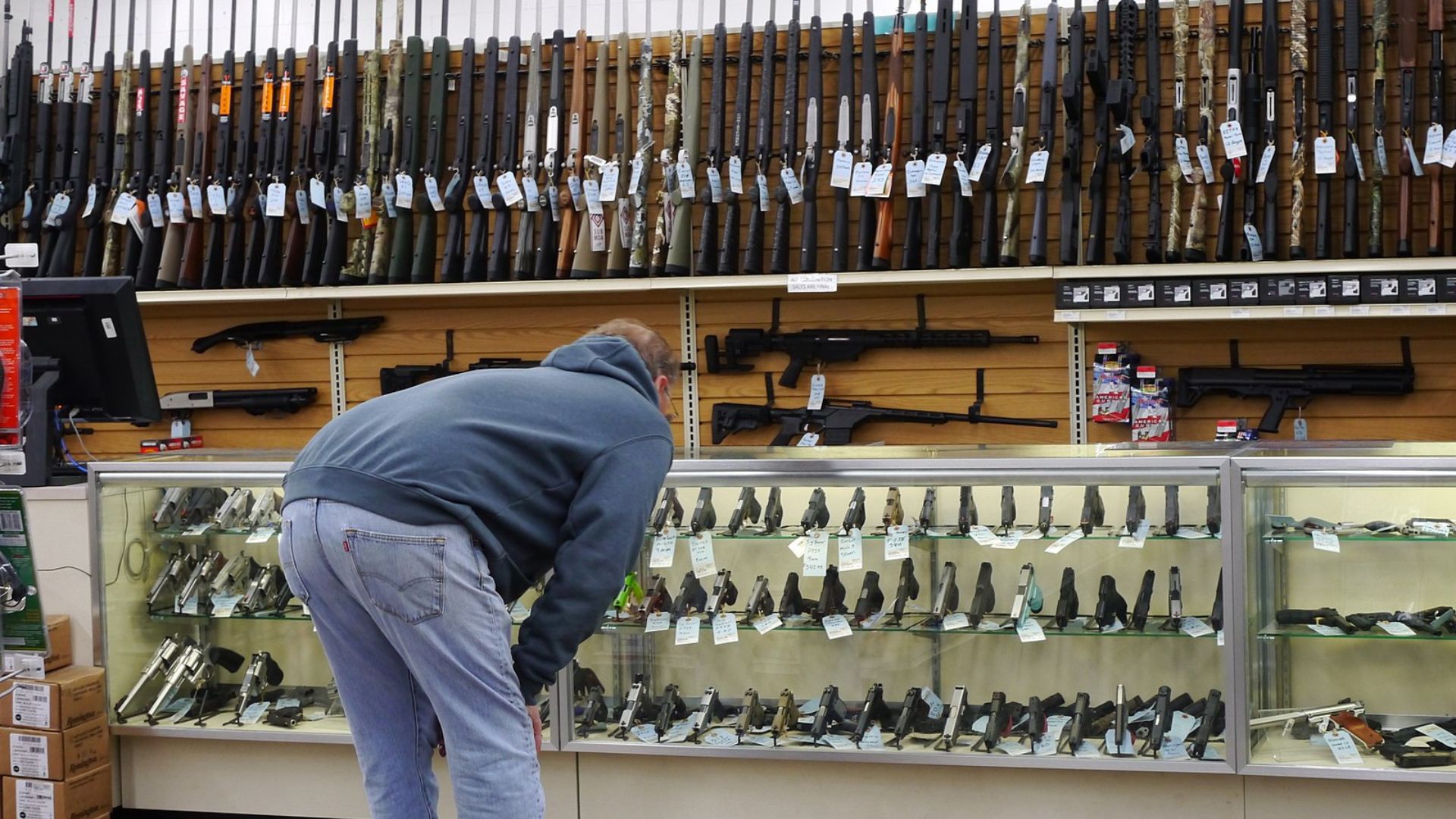
While the laws didn’t affect homicide rates, a silver lining emerged: rates of under-18s taking their own lives saw a notable decline in states enforcing strict gun control measures.
Places like California and Washington, DC, with robust safe storage laws and waiting periods, witnessed this life-saving trend.
Push for Tougher Laws
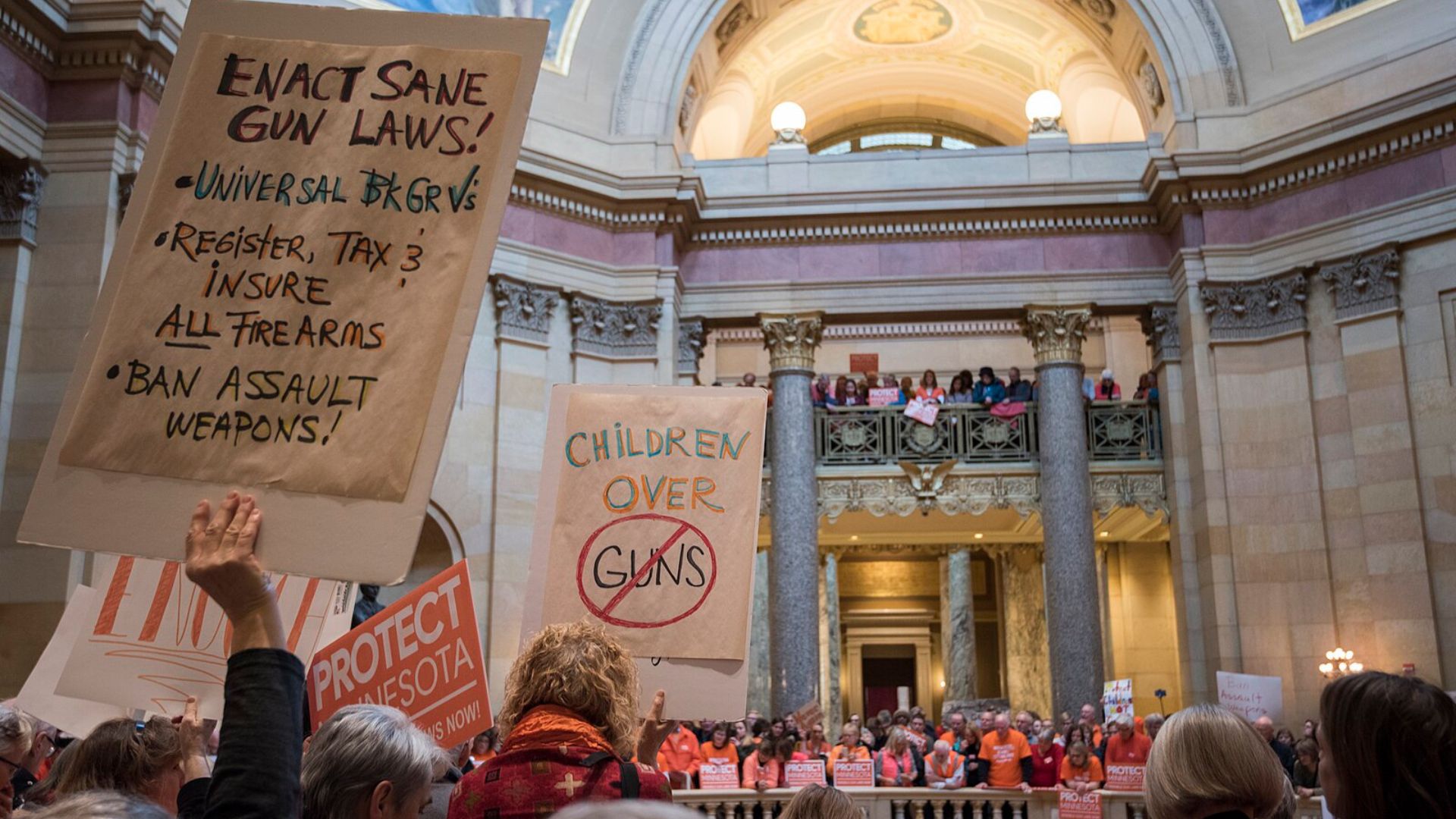
Faced with stark mortality rates among children, Duke researchers are making a plea for tougher gun laws.
They argue that “more restrictive laws would promote a responsible gun ownership culture,” potentially reducing firearm-related homicides among young populations.
State-by-State Variations Reveal Complex Picture
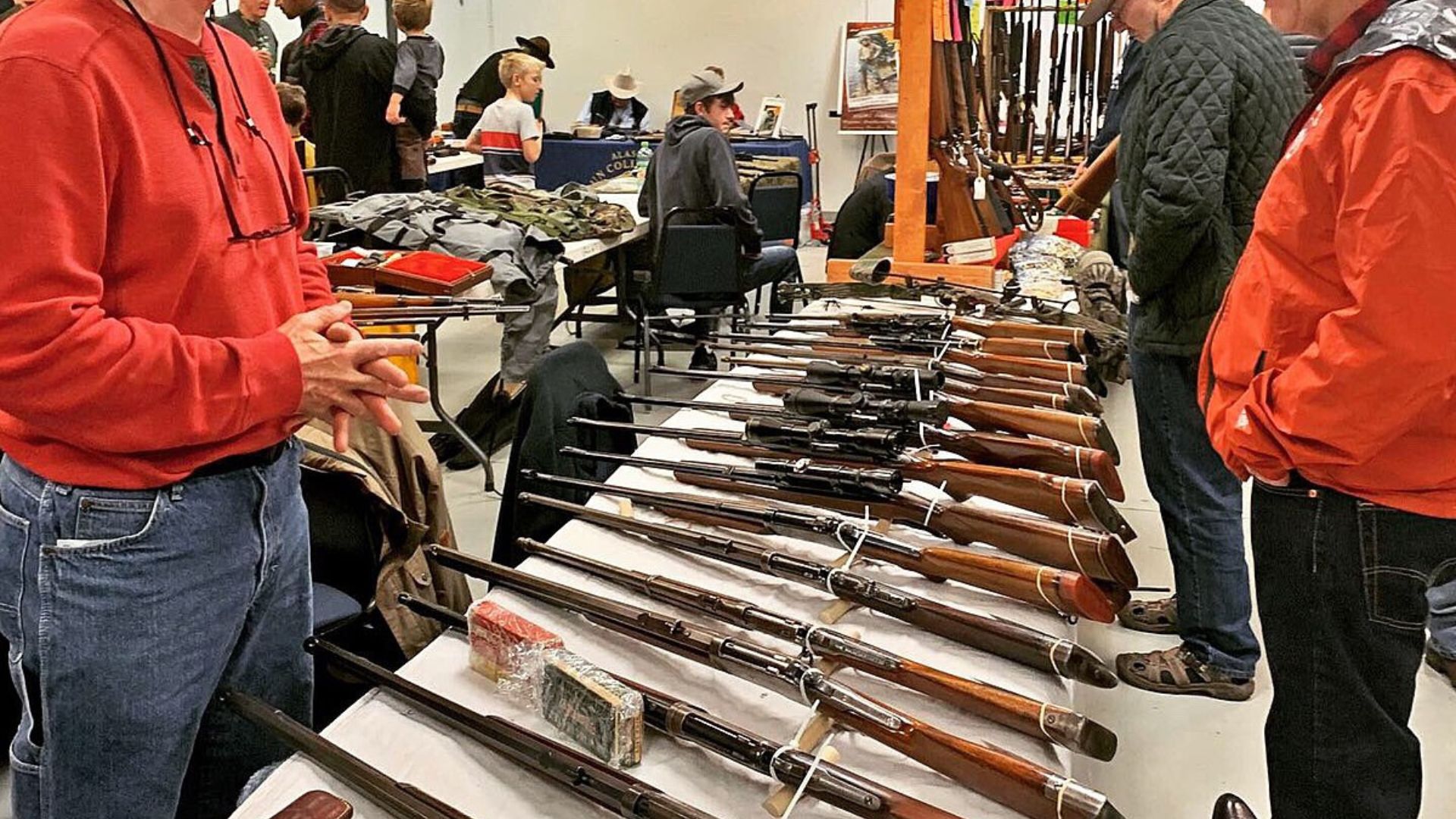
The effectiveness of gun laws appears to be a complex mosaic rather than a clear-cut picture.
For instance, Illinois, despite its strict gun regulations, ranks as having the 12th highest firearm homicide rate in the nation, presenting a challenging paradox.
Reevaluating the Role of Current Gun Laws
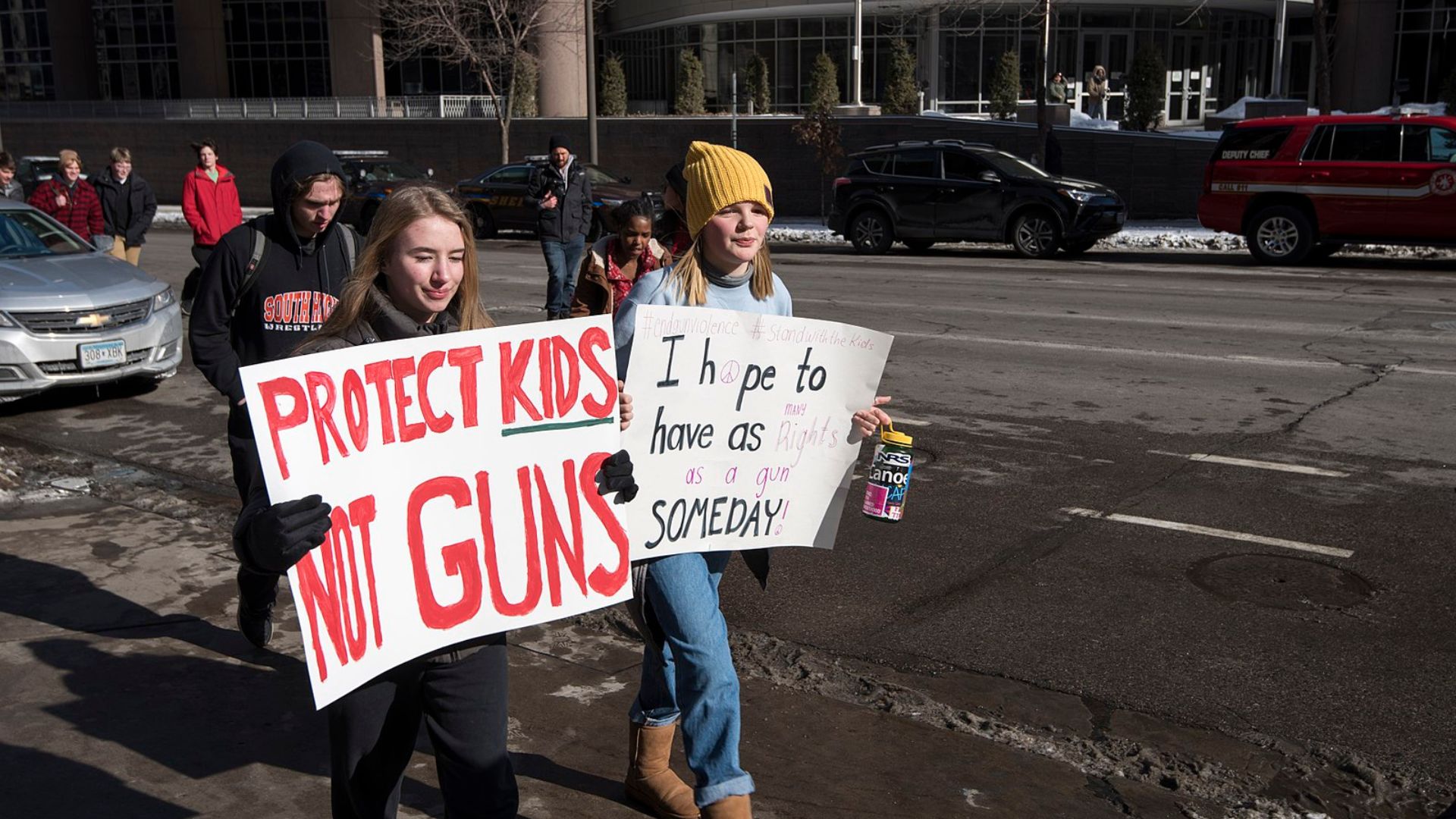
Researchers have highlighted a troubling reality: the current set of gun laws in the US is falling short in curbing homicides.
They call for a thorough reevaluation and further studies to effectively shape future policy decisions in this arena.
Suicide Rates and Cooling-Off Periods

On a more hopeful note, the study observed a decrease in suicide rates, attributing this change to mandatory waiting periods for firearm purchases.
These cooling-off periods seem to provide critical time for reflection, potentially preventing impulsive actions.
The Rise of Gun Ownership

Gun ownership in America has surged, with over 82 million Americans now owning at least one firearm—a 28% increase since 1994.
This uptick illustrates the growing urgency for effective gun regulation to keep pace with rising ownership rates.
Prioritizing Children’s Safety
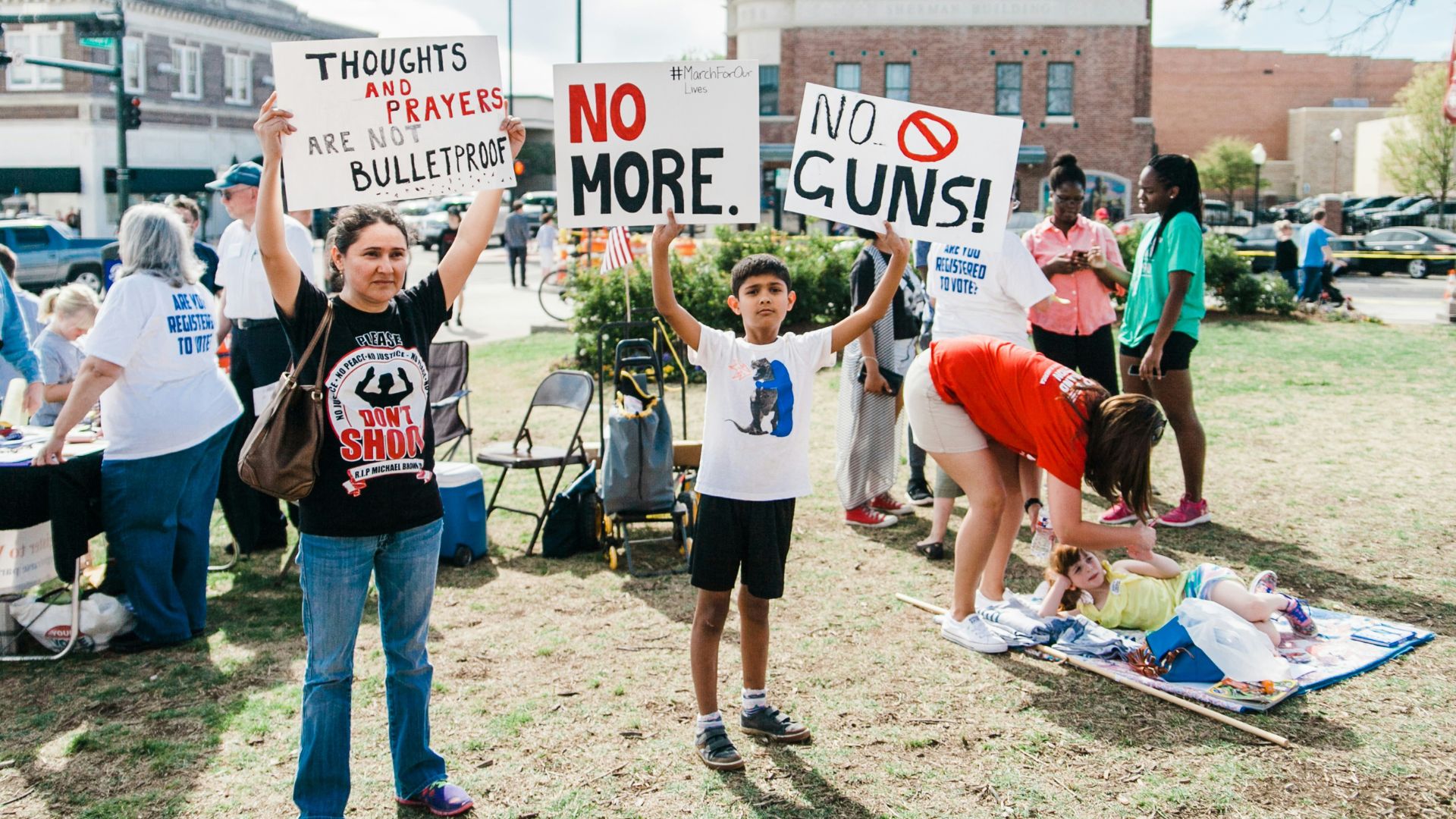
Researchers zeroed in on firearm-related deaths among children, now the leading cause of death in this group.
Their findings spotlight the immediate need for further research to determine if current laws provide adequate protection.
Surprising Inconsistencies in Law Efficacy

Upon reviewing 36 different gun laws, no substantial differences in child homicide rates were evident between states with stringent measures and those without.
Krista Haines, the lead author, expressed her dismay, saying, “It was surprising to me that no laws appear to be impacting the rates of homicide in children, not even safe access.”
Gun Laws and Suicide Prevention
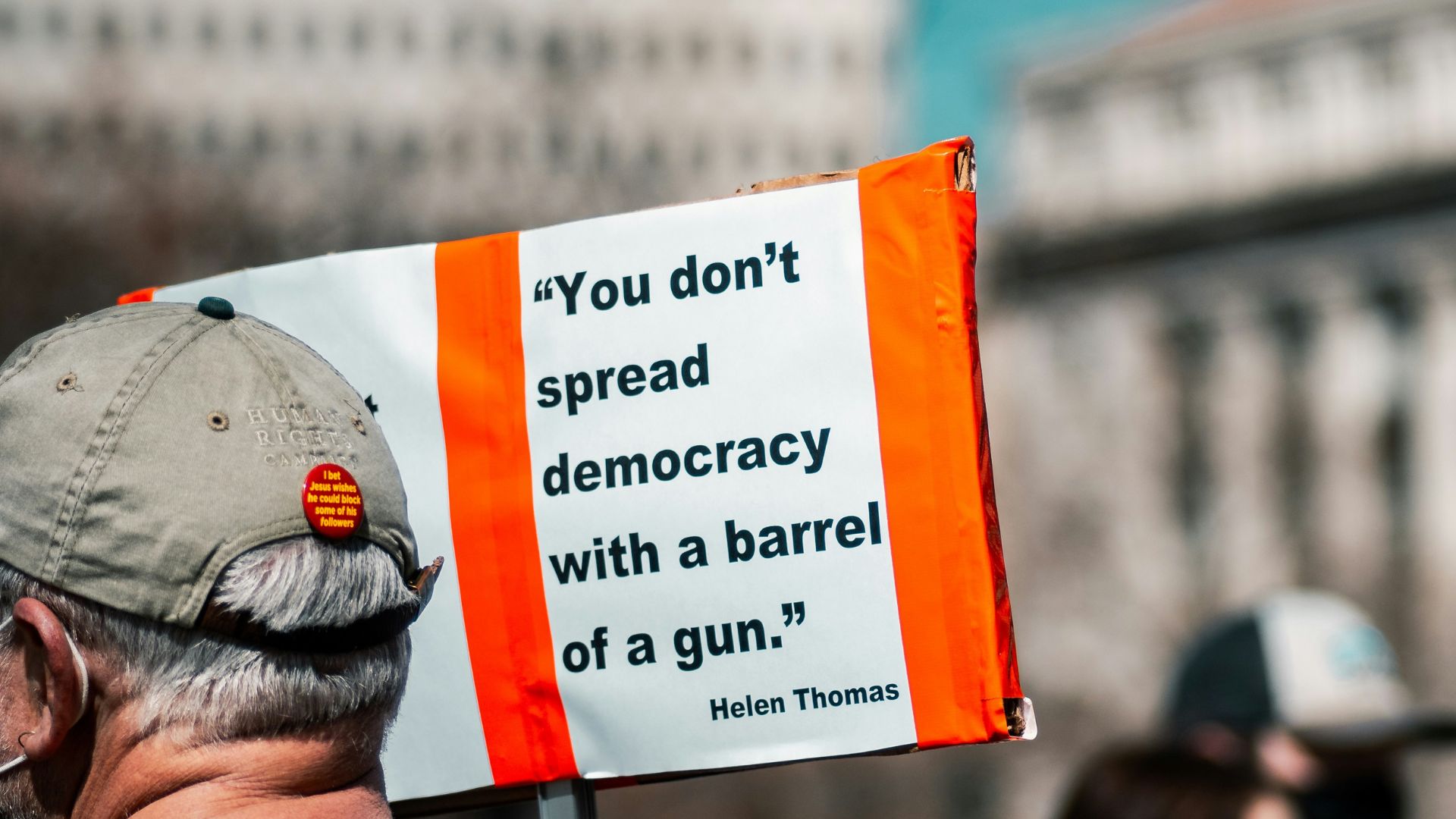
The CDC has noted a promising trend: states with stringent gun safety laws are seeing fewer children taking their own lives.
This finding supports the notion that some legislative measures can effectively prevent tragic youth deaths.
Alarming Trends
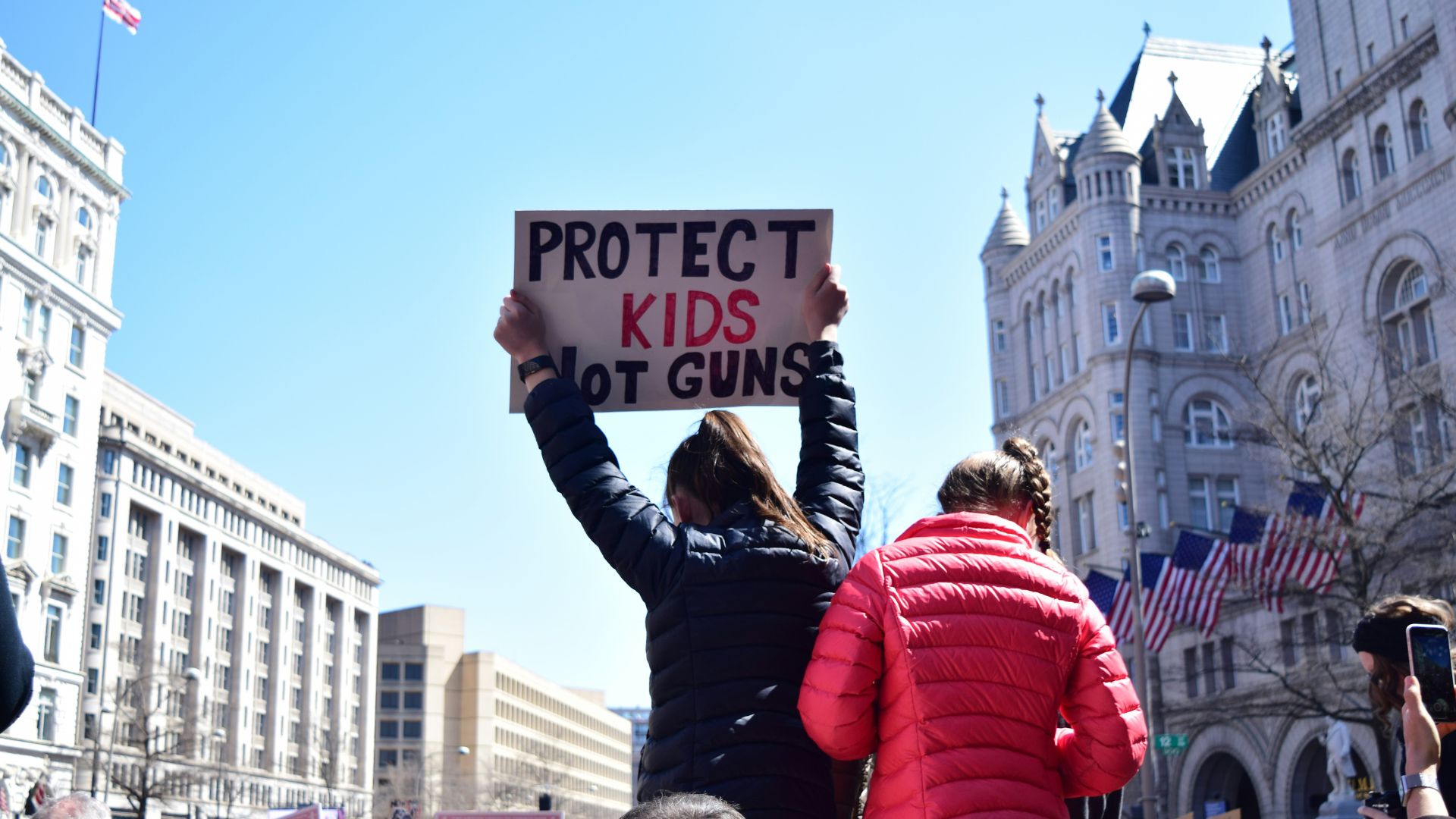
The period from 2009 to 2020 saw over 10,000 children lose their lives to firearm-related incidents.
These numbers not only demonstrate a severe public health crisis but also highlight the critical need for robust gun control strategies.
The Political Arena Heats Up

As the debate intensifies, President Joe Biden advocates for stringent measures like universal background checks and red-flag laws.
In contrast, figures like Senator John Cornyn of Texas push back against new regulations, reflecting a deeply divided political landscape on the issue of gun control.
